On the morning of October 10, in the atmosphere of celebrating the 71st anniversary of the Liberation Day of the Capital (October 10, 1954 - October 10, 2025), at the special national relic of the Temple of Literature - Quoc Tu Giam, the City Party Committee, the People's Council, the People's Committee, and the Vietnam Fatherland Front Committee of Hanoi City held a ceremony to present the wooden painting "Vinh quy bai to" to the Center for Cultural and Scientific Activities of the Temple of Literature - Quoc Tu Giam.
At the ceremony, Politburo member, Secretary of the Hanoi Party Committee Bui Thi Minh Hoai and city leaders presented the wooden painting "Vinh quy bai to" to the Center for Cultural and Scientific Activities of the Temple of Literature - Quoc Tu Giam.
This is a unique work of art, marking the creative efforts of Hanoi artisans, while affirming the aspiration to honor the tradition of studiousness and respect for morality of the Vietnamese people.
The presentation of the work “Vinh quy bai to” at Nha Thai Hoc (Center for Cultural and Scientific Activities of Van Mieu - Quoc Tu Giam) demonstrates the spirit of “When drinking water, remember its source,” promoting knowledge, respecting teachers and encouraging learning and talent of Hanoians today.
The work “Returning home in glory to pay respect to ancestors” is handcrafted from rare rosewood, measuring 8.33 m long, 1.7 m wide and 16 cm thick. The painting vividly depicts the traditional journey of examinations, from the years studying with teachers, to the scene of carrying a tent and bed to take the provincial, national and royal examinations and returning to the village in the ceremony of returning home after passing the exams.

With a harmonious composition and sophisticated sculpting technique, the painting follows the artistic principle of "dynamic energy", making the procession transform into the image of a winding dragon, a sacred symbol associated with the name Thang Long - Hanoi.
The landscape and characters are elaborately depicted based on the novel Leu Chong by writer Ngo Tat To, vividly recreating the ancient social classes: Scholar, Farmer, Worker, Merchant - Fisherman, Woodcutter, Farmer, Shepherd. In particular, the images of Ngo Mon, Thai Hoa Palace, Van Mieu - Quoc Tu Giam, Khue Van Cac, village gate, banyan tree, well, communal house yard... are harmoniously arranged in a bustling festival atmosphere, creating a lively wooden epic, honoring the spirit of studiousness and the beauty of Vietnamese culture.
The work "Vinh quy bai to" has set two national records: The largest monolithic wooden hand-carved painting in Vietnam and the wooden painting "Vinh quy bai to" with the largest number of characters in Vietnam.
Artisan Bui Trong Lang, who presided over the creation of the work, shared: The content of the painting tells the story of a scholar during the Confucian era - from his childhood studying diligently with his teacher in the countryside, to his adulthood, taking the Huong, Hoi, and Dinh exams, then being honored on the golden board and receiving the "An tu vinh quy" ceremony from the king to return to the village.
The work “Vinh quy bai to” is placed solemnly at Thai Hoc House, the special national relic of Van Mieu - Quoc Tu Giam. It is not only a unique work of art, but also the heartfelt voice and sincere aspiration of Hanoi artisans who have devoted their whole lives to their profession.
Through the wooden painting "Vinh quy bai to," the artisans hope to contribute to conveying, preserving and honoring national cultural values through the art of sculpture.
Placing the work at the Thai Hoc House, the central space of the Temple of Literature - Quoc Tu Giam, has a profound meaning. This is a place to honor talents, promote learning and mark the educational tradition of the nation.
The work "Returning home in glory to pay homage to ancestors" is solemnly placed in the Front Hall, becoming a new artistic highlight in the overall architecture of the Temple of Literature - Quoc Tu Giam, contributing to enriching the cultural space of the relic.
According to Director of the Center for Cultural and Scientific Activities of the Temple of Literature - Quoc Tu Giam Le Xuan Kieu, the presence of the work "Vinh quy bai to" at the relic is a special work of art, a vivid visual educational message about Vietnamese ethics; promoting the quintessence of Thang Long - Hanoi craft villages in traditional education work.
The painting “Returning home in glory to pay homage to ancestors” is not only the pride of Hanoi artisans, but also a vivid testament to the continuation of the thousand-year-old cultural tradition of Thang Long - Hanoi, affirming the role of the Temple of Literature - Quoc Tu Giam as a typical cultural, educational and learning promotion center of the country./.
Source: https://www.vietnamplus.vn/tac-pham-tranh-go-vinh-quy-bai-to-dau-an-hieu-hoc-giua-long-thu-do-post1069428.vnp


![[Photo] Ho Chi Minh City is brilliant with flags and flowers on the eve of the 1st Party Congress, term 2025-2030](https://vphoto.vietnam.vn/thumb/1200x675/vietnam/resource/IMAGE/2025/10/10/1760102923219_ndo_br_thiet-ke-chua-co-ten-43-png.webp)



![[Photo] Opening of the World Cultural Festival in Hanoi](https://vphoto.vietnam.vn/thumb/1200x675/vietnam/resource/IMAGE/2025/10/10/1760113426728_ndo_br_lehoi-khaimac-jpg.webp)
![[Photo] Unique Phu Gia horse hat weaving craft](https://vphoto.vietnam.vn/thumb/1200x675/vietnam/resource/IMAGE/2025/10/10/1760084018320_ndo_br_01-jpg.webp)





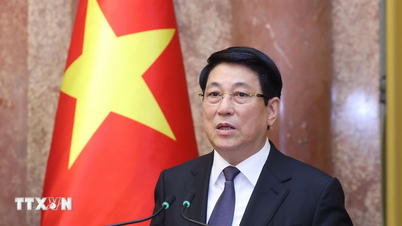






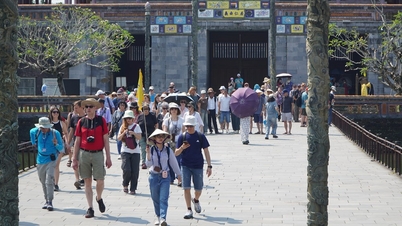





















































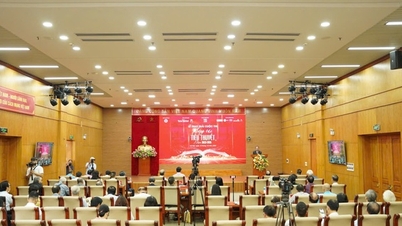






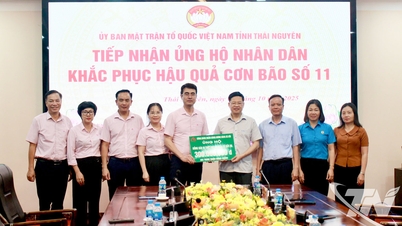



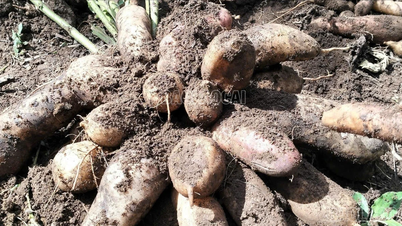















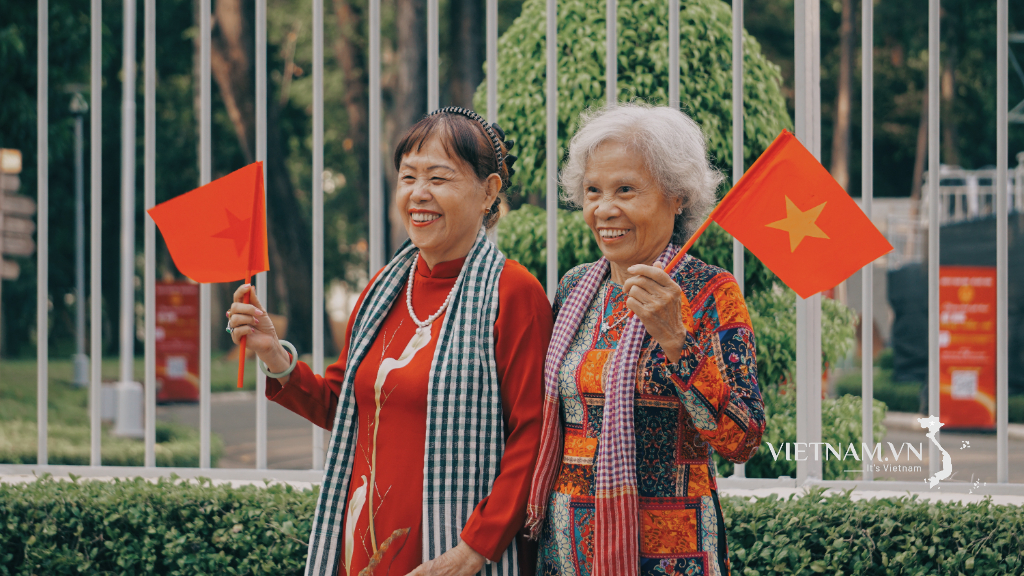

Comment (0)